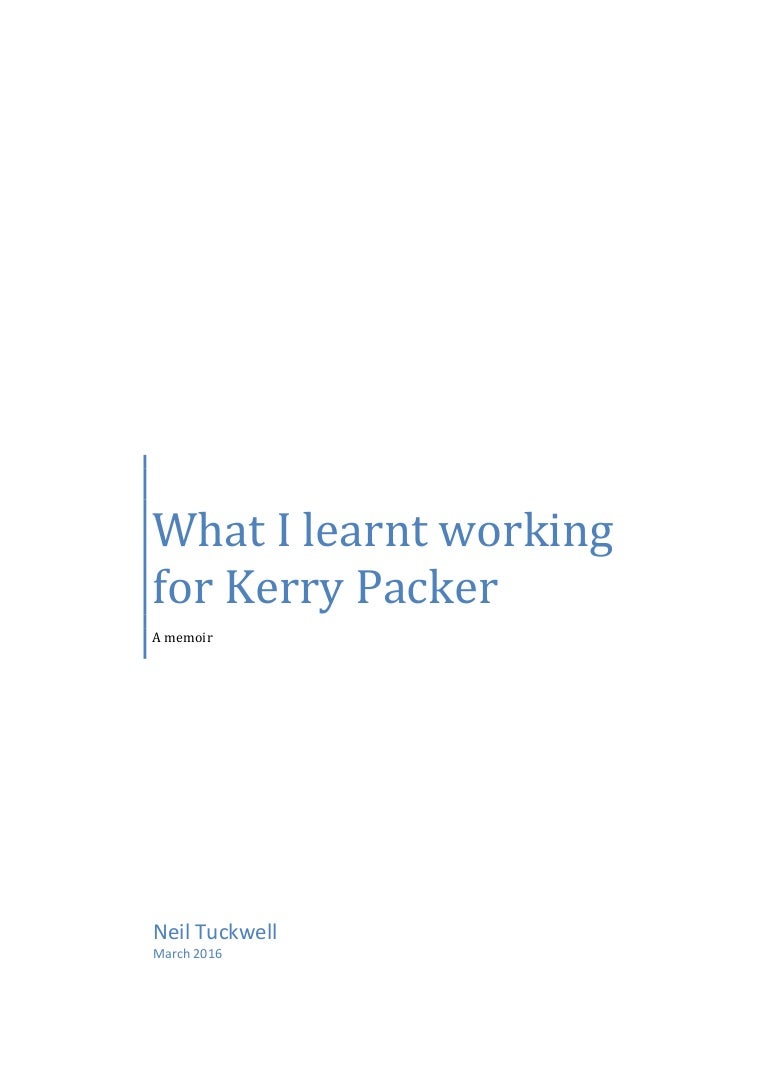
- #Kerry splitt linkedin prs how to#
- #Kerry splitt linkedin prs android#
- #Kerry splitt linkedin prs code#
Try to reveal those in the flow of reviewing. It’s very unlikely that one big PR was created at once, without any intermediate steps.
#Kerry splitt linkedin prs code#
Is this specific line of code in this specific PR in the final version?įor example: “Please note that this bug is fixed in next PR”.Some features overlap each other, but particular Pull Requests should make sense on its own”. Is there a specific order in which to review?įor example: “The code should be reviewed in order of PR’s number.I will create a separate PR with it after those ones are approved & merged”. In general, I find this technique very handy, and in the case of splitting Pull Requests into smaller PRs – a powerful clarification tool.įocus on explaining the outcome, and remember that they haven’t seen the whole result:įor example: “Some code from original PR is not there it regards refactoring which isn’t critical right now. Stick around to dispel his potential doubtsĭepending on your code review flow, you may or may not already annotate the code before reviewers start their work (for example, in PR description or inline comments).
#Kerry splitt linkedin prs how to#

Delivering your PR in small portions is one of the ways to do it, but doesn’t exhaust the list.ĭon’t get angry when someone refuses to review your code because of its size. Therefore, you need to present the code changes in a friendly form. The reviewers can’t spend as much time as you did digging into the context of the problem. It’s the author’s responsibility to make the code review easy.


It’s your (author’s) responsibilityįirst things first. They concern also preventing situations when PRs need splitting. These good practices will help you to set right your mindset for splitting Pull Requests. Syncing two main branches (for example merge develop to master) as a big releaseĦ good practices for Pull Requests creating and splitting.Code review after a period of time when there’s no reviewer available (these are not rare cases in small teams).Developing a big feature individually, separately from other developers.If not, grab a few situations when you may need it: I bet you have faced this kind of problem in your career. What they don’t tell us is how to split a big PR, when you already have one, into a bunch of smaller ones.
#Kerry splitt linkedin prs android#
The gain is straightforward: smaller PRs are easier to review, therefore more bugs and code flaws could be caught, which leads to a better quality of the code in your Android application development, iOS application development, or other app development. Nearly every code review guide tells us to keep Pull Requests (hereinafter: PR) small, in order to make them easy to review.


 0 kommentar(er)
0 kommentar(er)
